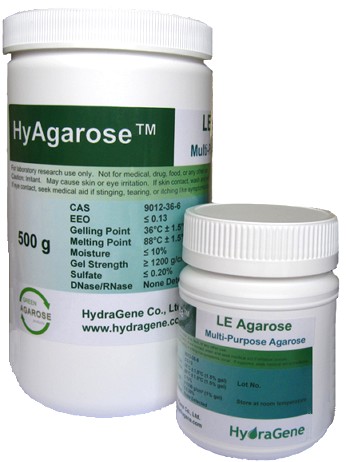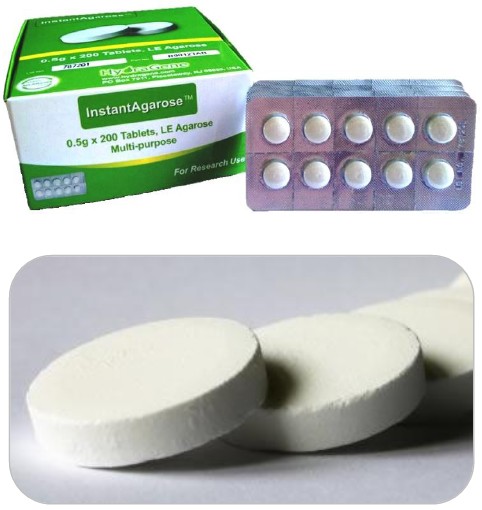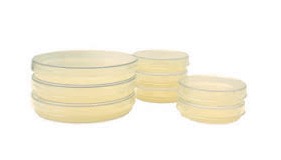 Embraced by the East Sea |
|
|---|
FAQ / Trouble Shooting During Gel Preparation Step:
1)
Agarose solubility (seeing undissovled particle in melted
agarose):
To make sure agarose fully dissolved, first, completely soak agarose powder in buffer prior to heating.
Set microwave on HIGH POWER, bring to boil and SWIRLin between heating to fully dissolve clumping or particle adhering to side of flask.
For high concentration gel (≥2%),set microwave on MEDIUM POWER and melt agarose slowly by repeating heating step (bring to boil, swirl, & reheat to boil) several times. You may need to add additional hot DD water to compensate evaporation during heating process.
The agarose is fully dissolved when you see CLEAR solution after steps of heating and swirl.
Please view video at http://www.hydragene.com/Protocol.html for st ep by step video demonstration.
2) Overspill of agarose during heating:
During Electrophoresis Step: 1) Smeared DNA bands: Degraded DNA - Avoid nuclease contamination. DNA overloading DNA -Decrease the amount of DNA loading. Aged running buffer – After many uses, aged buffer exhibit lowered ionic strength and pH value with lowering buffering effect. Use fresh buffer. Improper electrophoresis conditions - Do not allow voltage to exceed ~20 V/cm. Maintain a temperature <30¡ãC during electrophoresis. Make sure electrophoresis buffer used has sufficient buffer capacity. For example, if 0.5X TAE/TBE buffer used, suggest try 1xTAE/TBE. Too much salt in DNA – Desalt DNA prior to electrophoresis DNA contamination with protein- remove protein prior to electrophoresis Denatured DNA - Do not heat prior to electrophoresis.
2) Faint or no bands on gel: Insufficient quantity or concentration of DNA loaded - Increase amount of DNA. Degraded DNA - Avoid nuclease contamination. DNA ranoutside of the gel – run gel for shorter time, use a lower voltage, or use a higher percent gel. Large size DNA – routine electrophoresis may not be recommended. Suggest pulse field gel electrophoresis. Denatured DNA - Do not heat prior to electrophoresis.
Closely related size bands cannot be separated – increase electrophoresis time, and
/or use gel percentage suggestion below.
3) Abnormal DNA band migration or wavy
and smiley bands:
High voltage – First run at low voltage (3V/cm), once DNA migrates outside of well, increase to normal voltage.
Loading and running too fast - Slowly load DNA and only run once sample lowered to bottom of well. Denatured DNA - Do not heat prior to electrophoresis.
HydraGene, Co. Ltd. is an affiliated company of ACTGene, Inc.
|
Contact Us
Phone:
973-978-6688 sales@actgene.com
HydraGene, Co. Ltd. is an affiliated company of ACTGene, Inc.
© Copyright HydraGene 2016. All Rights Reserved.


